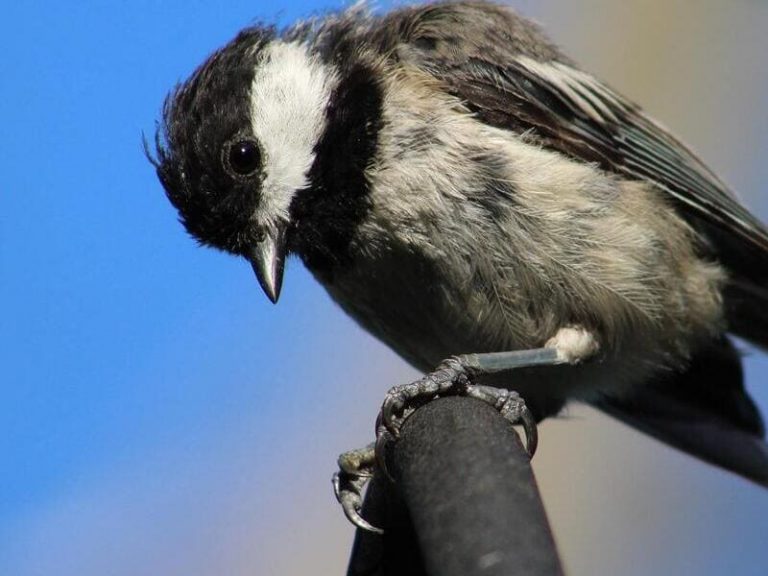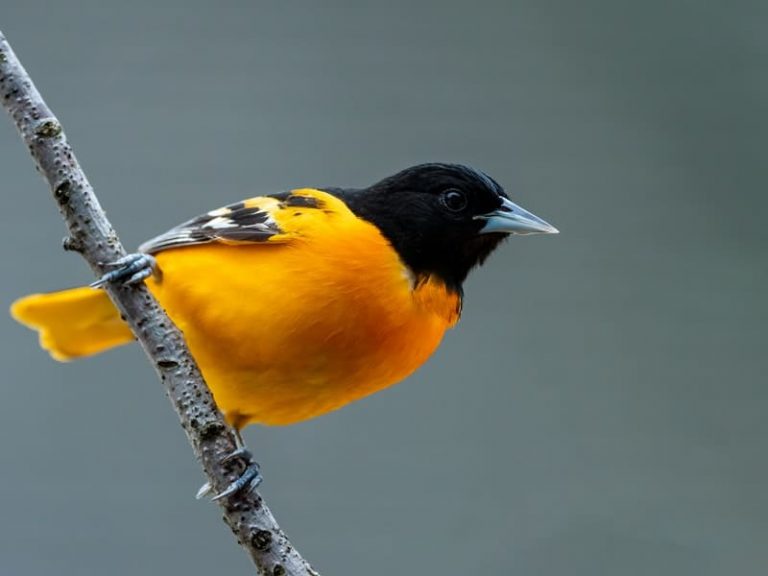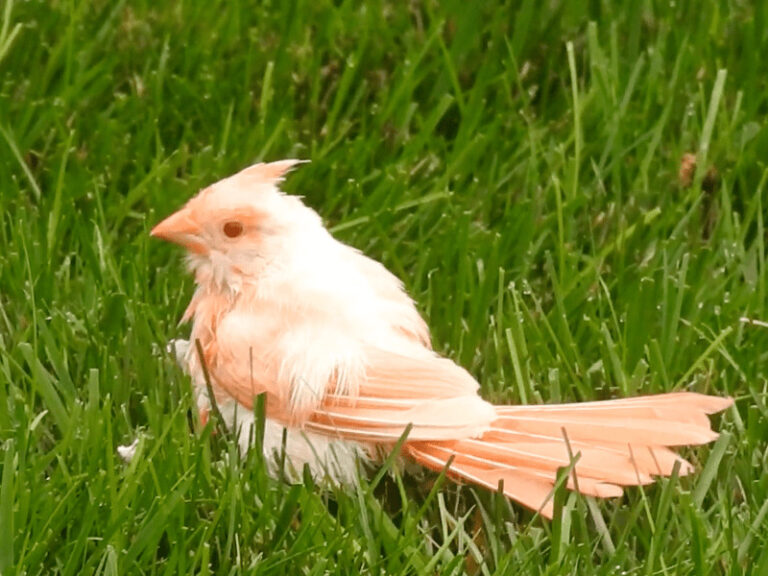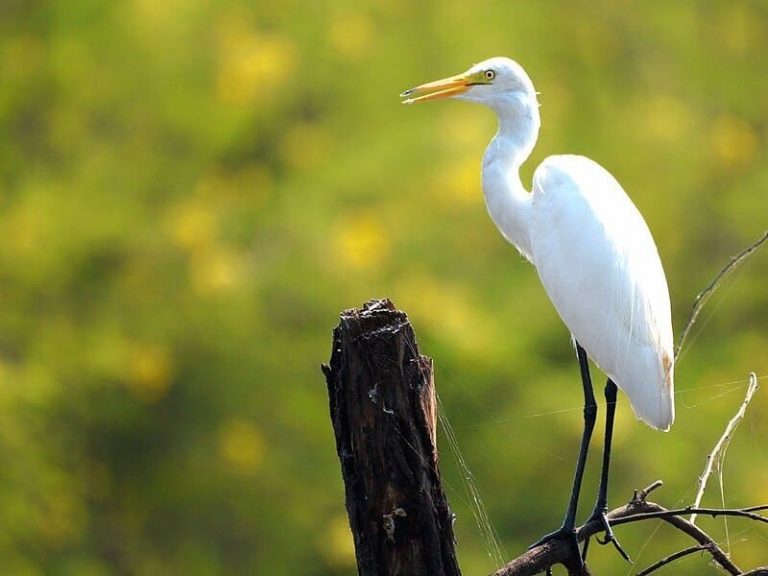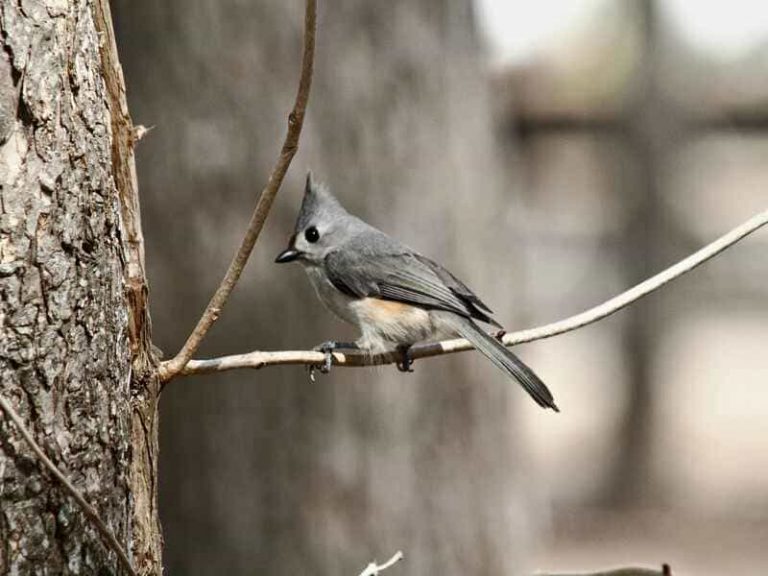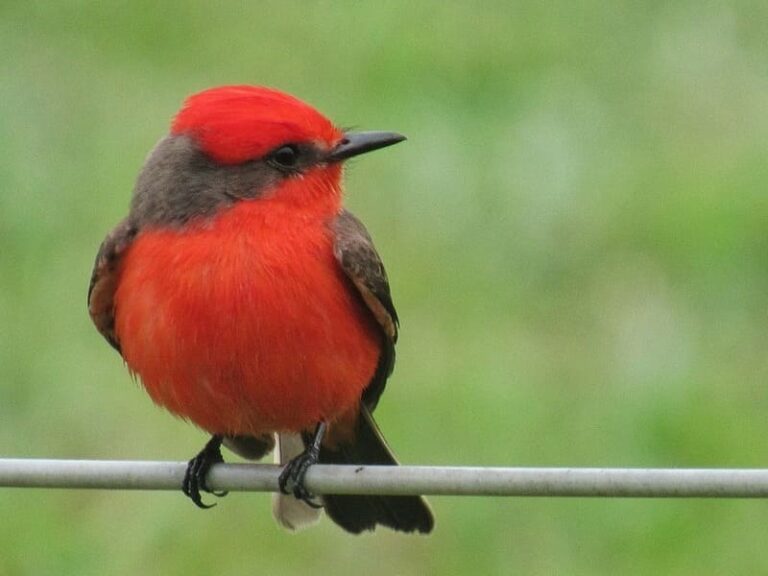Bird That Looks Like A Cardinal But Is Not
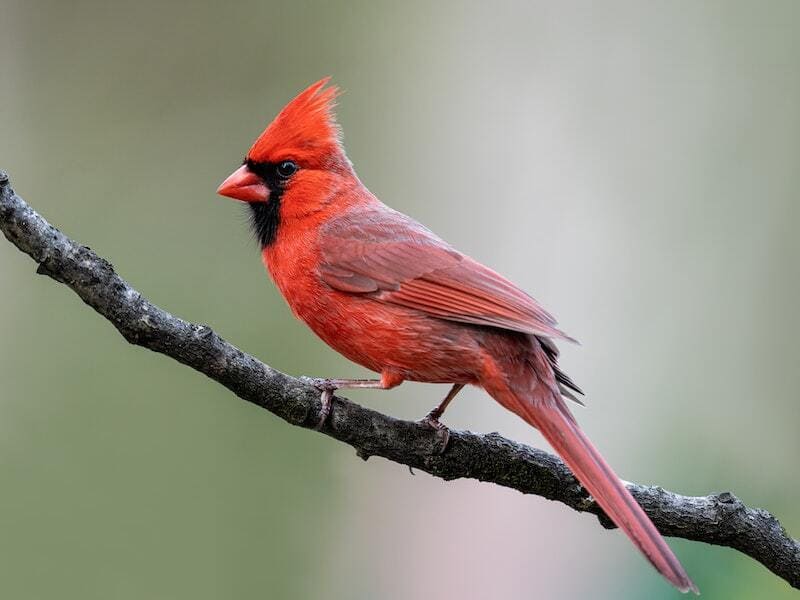
Do you love the Cardinals? Have you ever seen a bird that looks like a cardinal but is not? If you haven’t then we must tell you that there is one bird that looks very similar to a cardinal but is not actually a cardinal.
In this blog post, we will discuss some birds that look like cardinals but are not. We will also provide pictures of each bird as well. So if you love Cardinals, be sure to read this post!
1. Scarlet Tanager
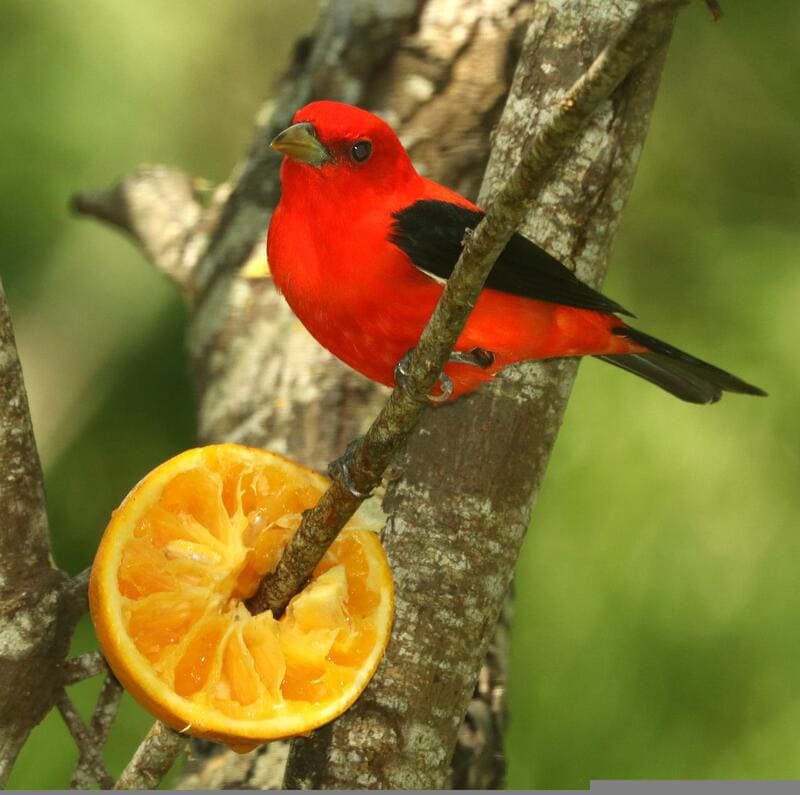
A Scarlet Tanager belongs to the tanager family of birds. It is the only member of the genus Piranga. The male is mostly bright red, while the female is mostly yellow. Juveniles are olive-green with some hints of red. These birds feed on insects and fruit.
The Scarlet Tanager is migratory, spending winters in Central America and southern Mexico. They breed in deciduous forests across eastern North America. The male defends a territory and sings from an exposed perch to attract a mate.
After mating, the female builds a cup nest of twigs high in a tree and lays three or four bluish eggs. Both parents help to incubate the eggs and feed the young chicks.
2. Pyrrhuloxia
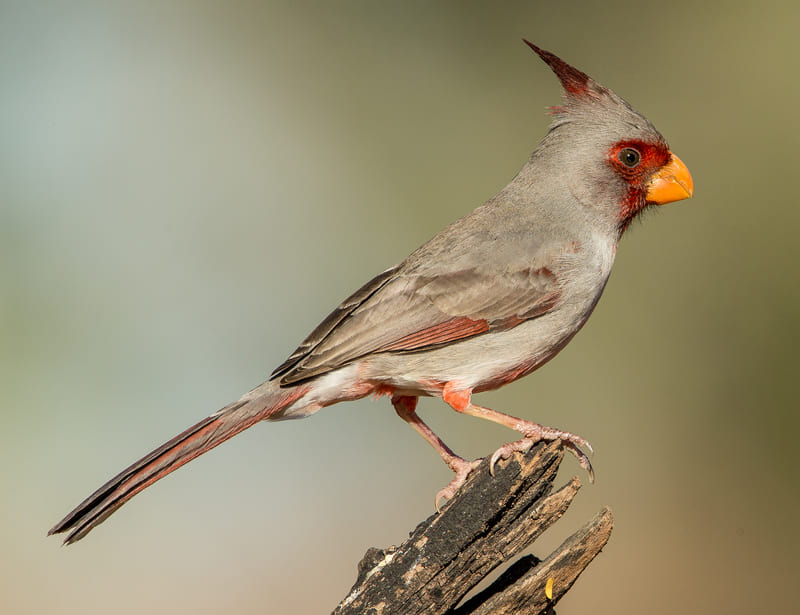
A Pyrrhuloxia is a small bird that looks like a cardinal but is not and belongs to the finch family. It is found in dry habitats in the southwestern United States and Mexico.
The Pyrrhuloxia has a short, stout bill and a black face with an orange-red breast. Its back and wings are gray-brown, and its tail is long and pointed.
The Pyrrhuloxia grows to about 6 inches (15 cm) in length. It feeds on seeds, fruits, and insects. Pyrrhuloxia is a common bird in its range and is not considered to be threatened.
3. Summer Tanager
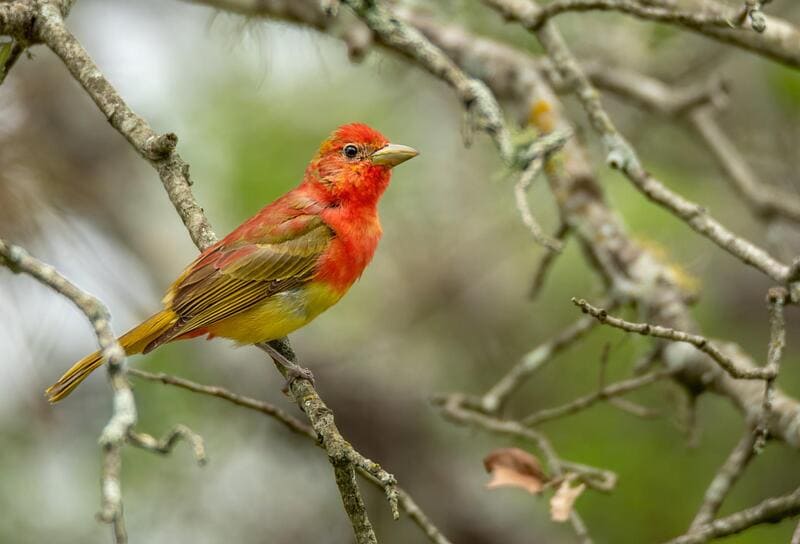
The Summer Tanager (Piranga rubra) is a medium-sized American songbird. Formerly placed in the tanager family (Thraupidae), it was reassigned to the cardinal family (Cardinalidae) in 2016.
This shift occurred because genetic analyses showed that the Summer Tanager is more closely related to members of the cardinal family than to other members of the Thraupidae. It is a bird that looks like a cardinal but is not.
It breeds in forests and woodlands throughout most of temperate North America, from Alaska and Canada to Mexico. Its diet consists primarily of insects, although it will also eat fruits and berries. It often hangs upside down while feeding.
4. Phainopepla
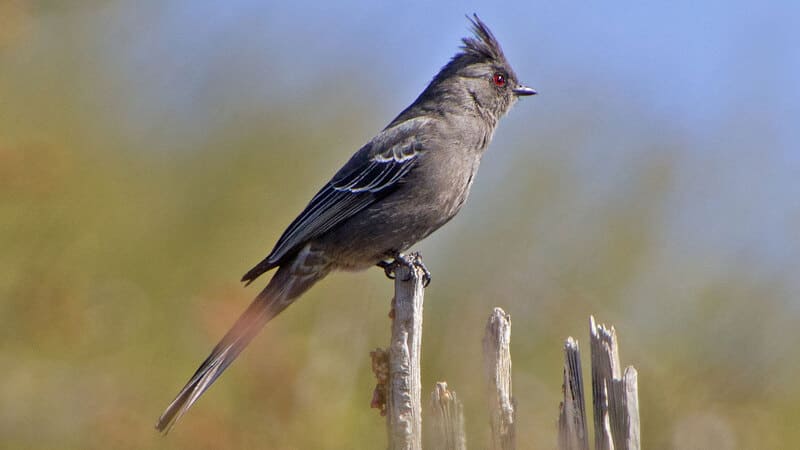
A Phainopepla is a bird that looks like a cardinal but is not. This species is easily distinguished by its black body and white wing patches, which are conspicuous in flight.
The male has a red eye, while the female is brown. Despite their relatively drab plumage, Phainopeplas are fairly common throughout the desert southwest of the United States.
They can often be seen perching atop cacti or other tall plants, looking out for insects to eat. These birds breed in commonly monogynous and sometimes polygynous pairs and build hanging nests of grasses, and bark strips.
5. Red Crossbill
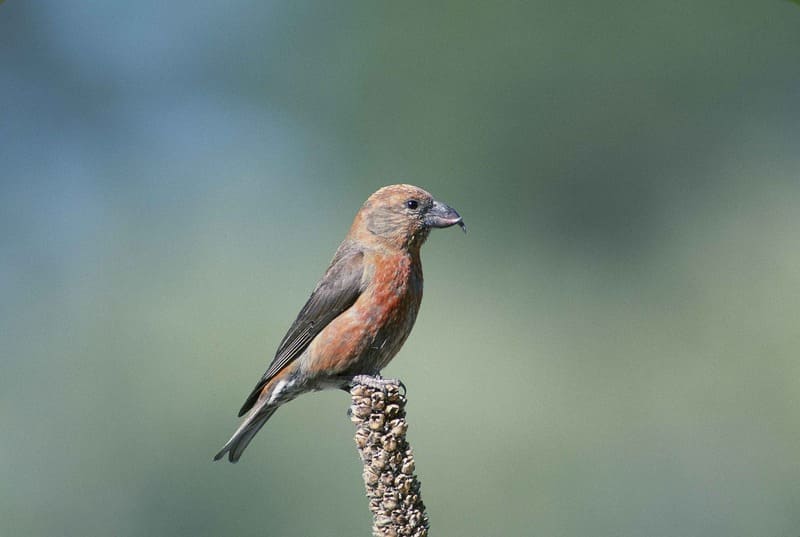
The Red Crossbill is known for its unusual bill, which is curved downward and has a red stripe on the upper mandible. They are omnivorous birds, and they eat a variety of items, including insects, spiders, seeds, berries, and sap. They are known to be very agile climbers, and they often build their nests in tall trees.
Red Crossbills have beautiful plumage that varies depending on the season. In the summer months, they have bright red feathers on their heads and bodies. In the winter months, their plumage turns mostly black with some red highlights.
6. Vermilion Flycatcher
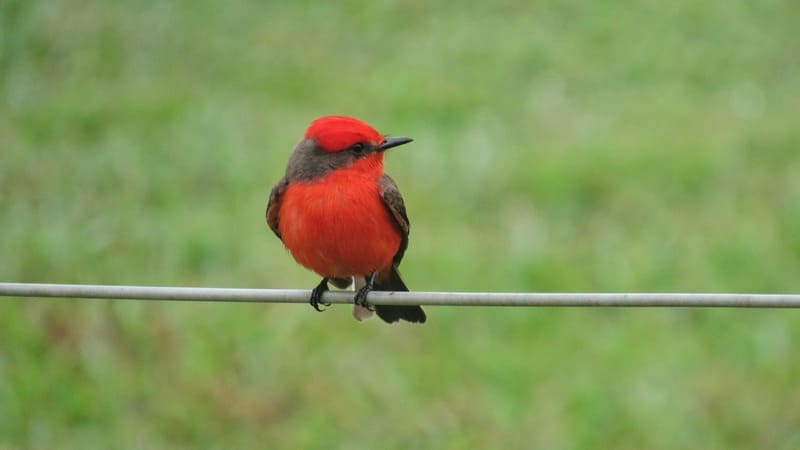
The Vermilion Flycatcher is a small passerine bird. It is the only member of the genus Pyrocephalus. They are migratory, wintering in Central America and southern Mexico. These birds are sexually dimorphic, the male has a bright red head and throat, while the female has a duller orange head and throat.
The Vermilion Flycatcher breeds in open woodlands, riparian corridors, and cottonwood groves across much of western North America. They build a small cup-shaped nest from twigs high in a tree and lay 3–5 blue or green eggs. The eggs are incubated by both parents for about 13 days.
7. Pine Grosbeak
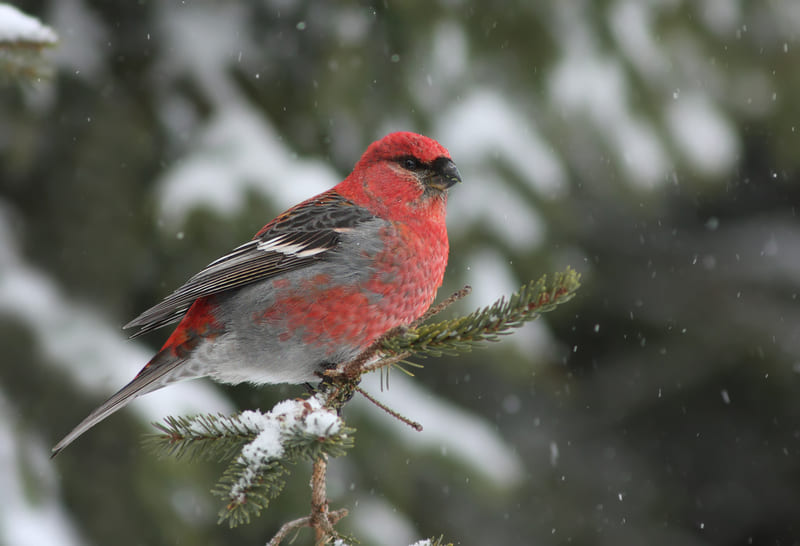
A Pine Grosbeak is a medium-sized songbird that breeds in North America. They are typically gray or brown with a pinkish breast and a black cap. These birds eat mostly seeds and insects, but they will also eat fruit and sometimes small amounts of sap. Pine Grosbeaks are migratory, and they can be found in the United States, Canada, and Mexico during the winter.
8. Hepatic Tanagers
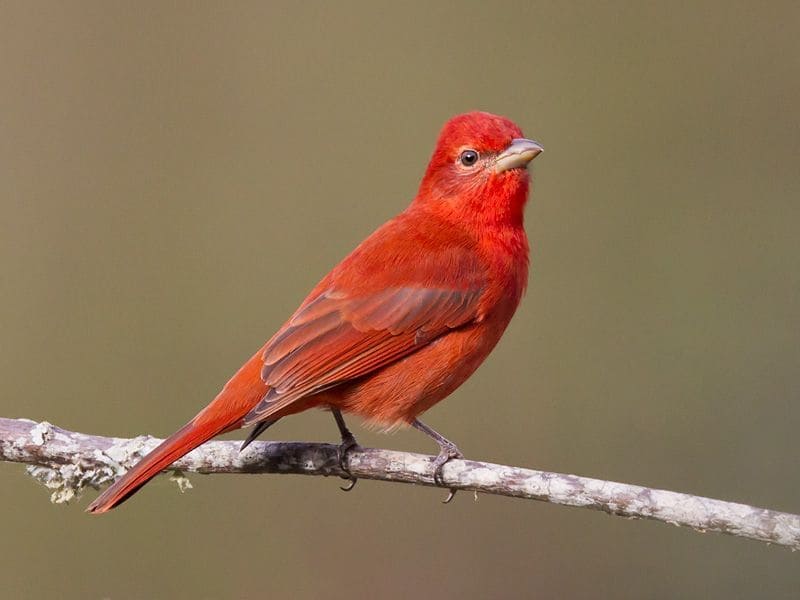
Hepatic Tanagers are typically a reddish color, and are known for their distinctive song. Their diet consists mainly of insects, but they will also eat berries and other fruit. These birds typically nest in trees, and their nests can be quite large.
Hepatic Tanagers are not considered to be endangered, but their numbers have been declining in recent years. There are several possible reasons for this decline, including habitat loss and pesticide use.
9. House Finches
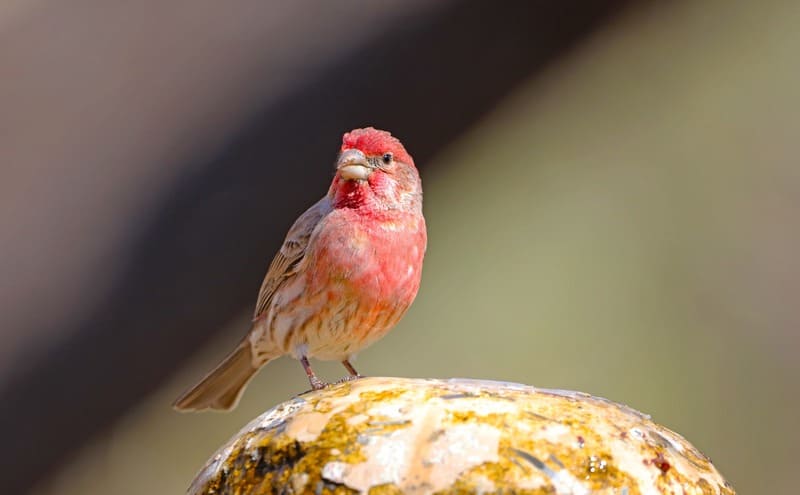
The house finch is a small bird that has a reddish brown body and a black tail. The house finch is a very common bird, and it can be found in many different habitats. It typically feeds on seeds, but it will also eat insects.
The house finch is a social bird, and it often forms flocks with other birds. It is not considered to be a threatened or endangered species. However, there has been a decline in the population of this bird in recent years. This is likely due to habitat loss and degradation.
10. Tufted Titmouse
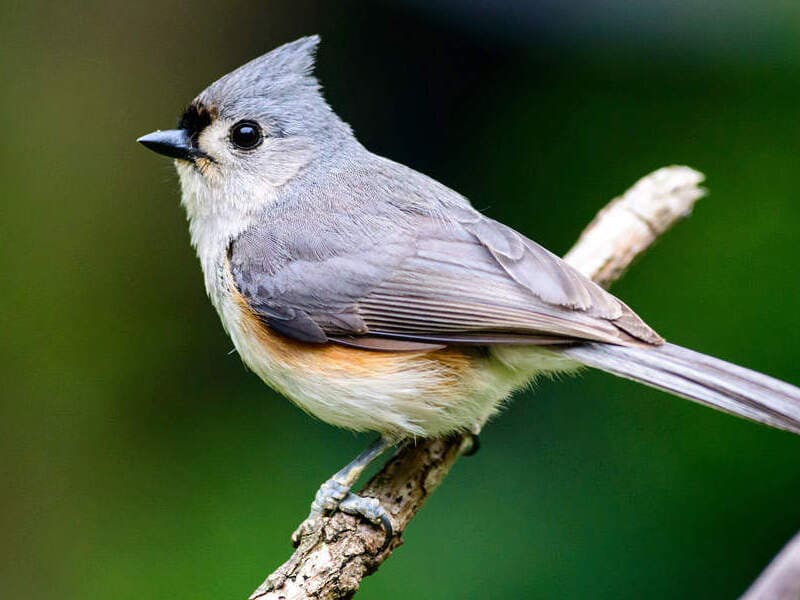
The tufted titmouse (Baeolophus bicolor) is a small bird that looks like a cardinal but is not. It measures just over five inches in length, the tufted titmouse is easily distinguished by its distinctive gray plumage and small black crest. It is a non-migratory bird and can be found year-round in woodlands and gardens across the eastern United States.
Although it is not considered to be a threatened or endangered species, the tufted titmouse populations have declined in recent years due to habitat loss and degradation. If you are lucky enough to spot a tufted titmouse, you will likely hear its high-pitched “tee-tee” call before you see the bird itself.
These playful little creatures make excellent backyard birding companions, and will often come to backyard feeders in search of insects and seeds. So keep your eyes peeled and your ears open for these feathered friends!
11. Cedar Waxwing
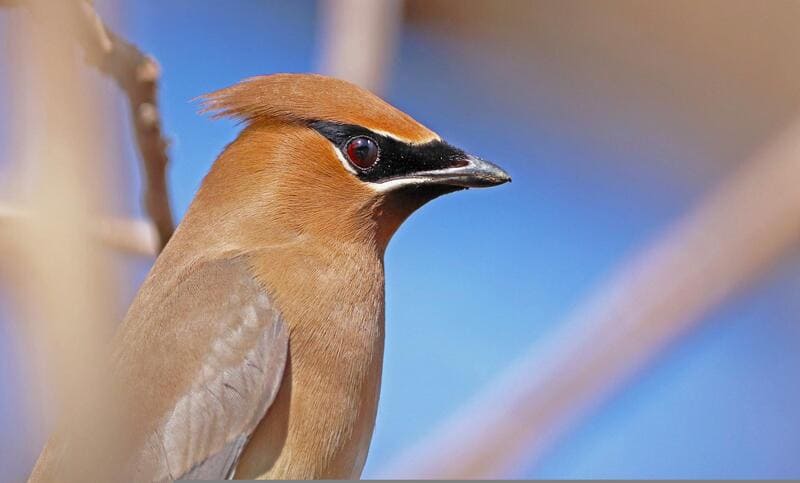
The Cedar Waxwing is a medium-sized bird with a striking appearance. The body is mostly brown with a yellow breast and undertail, and the wings are tipped with bright red wax. The head is round with a black mask and crest, and the eyes are dark. They are social birds that often travel in flocks, and they are known for their playful behavior.
They are also proficient flyers, and they are often seen swooping and gliding through the air. They are attracted to fruits and berries, and they play an important role in spreading seeds. In winter, they sometimes form large roosts where they huddle together for warmth. The Cedar Waxwing is a beautiful bird that plays an important role in the ecosystem.
FAQs
Let’s discuss some most frequently asked questions about the bird that looks like a cardinal but is not.
What is the red bird that looks like a cardinal?
The red bird that looks like a cardinal is called a Northern Cardinal. It is found in the eastern part of the United States and in southern Canada. Cardinals are one of the most popular backyard birds because they are so colorful and easy to spot. They eat mostly seeds, but also insects and fruit.
Is there a red bird that is not a cardinal?
The red bird that looks like a cardinal but is not, is called a scarlet tanager. These birds are native to North and South America and are most commonly found in Ecuador, Guatemala, Honduras, and Colombia. Scarlet tanagers are about the same size as a cardinal but have slightly different markings.
What birds are related to the cardinal?
The cardinal is related to a variety of birds, including the blue grosbeak, indigo bunting, and painted bunting. These birds share the characteristic bright red coloration that makes the cardinal easily identifiable. All of these relatives are found in North America.
Are Redbirds and cardinals the same?
Yes and no. Cardinals are a specific type of bird, typically known as the northern cardinal. Redbirds are also cardinals, but they can be a different color (such as red). So “cardinal” is the general name for these birds, and there are variations within that category.
Conclusion
Bird enthusiasts across the United States were puzzled when a new bird species were spotted in several states. In this article, we told you about the bird that looks like a cardinal but is not. So, next time when you see a bird that looks like a cardinal, look closely, it might not be a real cardinal but one of the birds given above.
Interesting articles:

